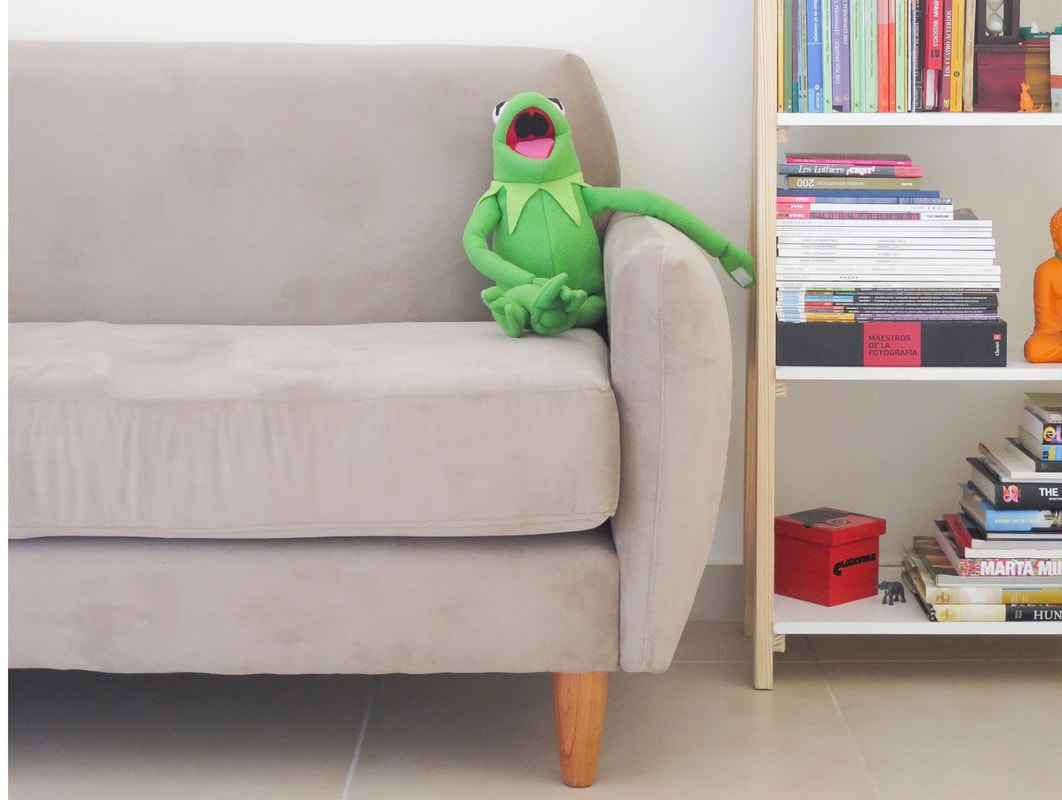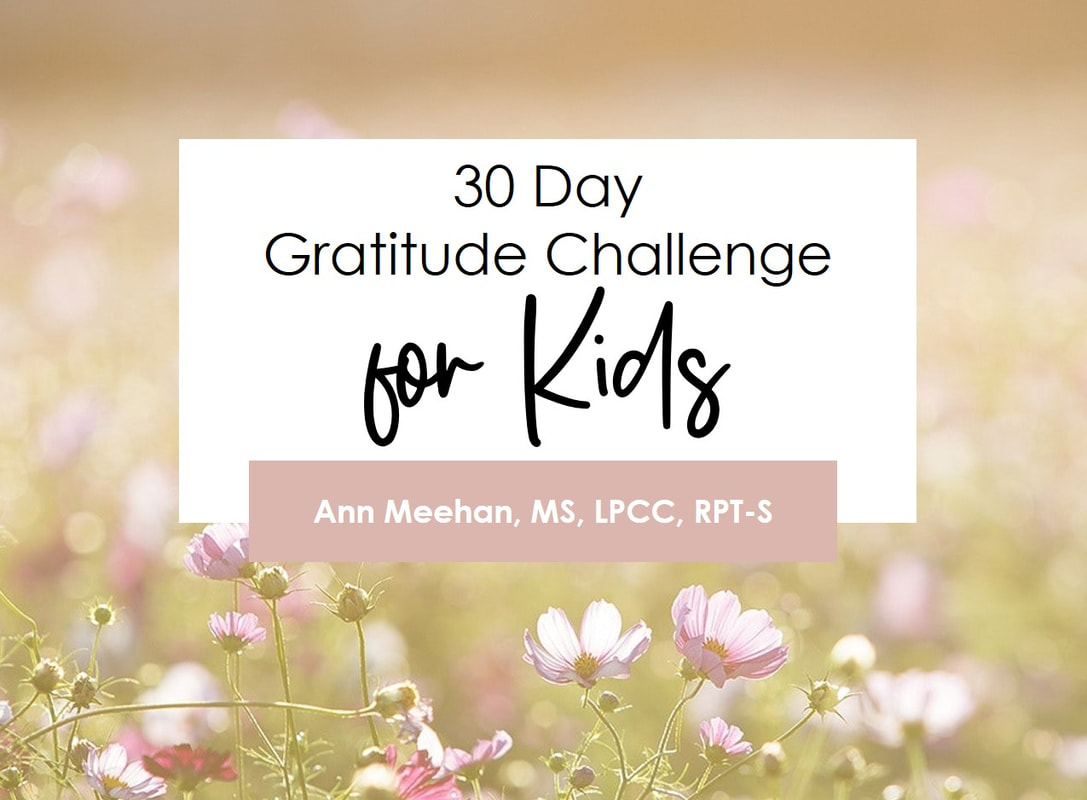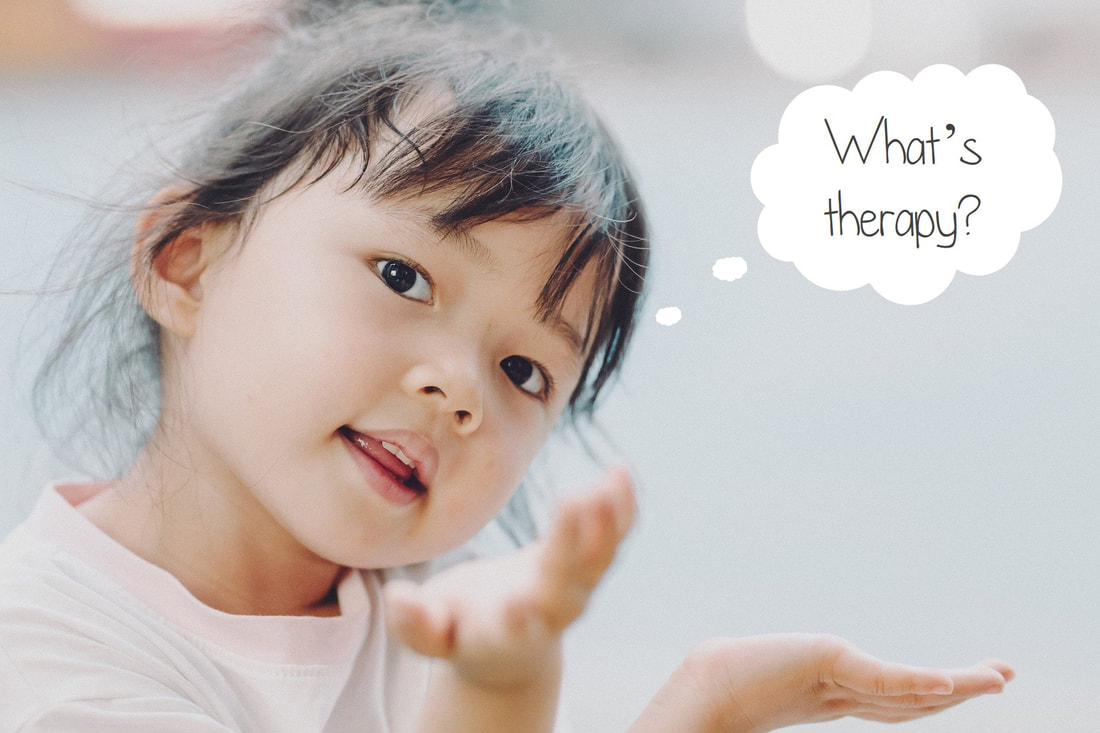|
In this blog HERE I talked about the 8 steps I use to help parents tell their child about going to see a therapist. I also wanted to share some of the things I recommend avoiding when talking to children about going to therapy! First we never want to use therapy as a threat. Therapy should be an informed medical decision made by parents or caregivers, just the same as if a child were to have surgery, braces, or any other medical treatment. We would not want to say “if you don’t start acting better we’re going to send you to therapy!” in the heat of the moment of an argument. This can create negative associations with therapy as a punishment. After therapy starts we want the child to have a positive engagement with therapy. We don’t want to “tell on” the child in a difficult moment by saying “If you don't calm down I’m going to tell your therapist about this”. Second, we don’t want to tell them they are going to therapy in the car on the way to the appointment. We want to give children a heads up when they are doing anything new or different exactly what they are doing, why they are doing it, and what it will be like (see more on that HERE). This helps them prepare and get them ready for the appointment as well as have any questions answered. By telling them right before feelings of betrayal, distress, or confusion are likely to come up for the child, which is not ideal to form a connection with the therapist and a felt sense of safety in the therapist's office. Third, we don’t want to be ambiguous or vague about therapy. We don’t want to tell the child they are going to the “doctor” or "an appointment" but then nothing else. These kids? Well, they think they might be getting a shot. They will create a narrative about the type of appointment and why they need to go which will likely be wildly inaccurate and create significant distress. Lastly, don’t let a child’s negative response prevent them from starting the therapy process. Young people’s parents and caregivers bring them to therapy because it is medically necessary. As therapists we can’t treat children (if we are accepting and billing through insurance) if they do not have a diagnosable medical condition. Just like we wouldn't let a child’s anxiety prevent them from having a cavity filled, if they have a diagnosable medical condition that is impacting their daily life and necessitates therapy, then we can validate the upset feelings and calmly reinforce that the child is going to therapy, that it is safe, and parents will be with them to support them along the way. Most children are able to resolve upset, anxious, or distressed feelings pretty quickly once they meet the therapist one or two times. Now a disclaimer to the last one - you as a therapist can do many things to help make a child comfortable with the therapy process and feel safe (more on that HERE, HERE, and HERE). If a child has a significant adverse reaction to therapy (won’t get out of the car, won’t get into the car, is physically aggressive, etc.) you use your clinical judgement and theory to decide how to support the child and the family which may mean a referral to another type of therapy or service, working intensely with the parents, or another option that might be a fit. What about you? What are the other things that may come up that you recommend parents avoid when telling their child about therapy? Drop a comment below! Let's Connect - click here to join my email list!
1 Comment
Gratitude is one of the foundations for mental wellness.
In technical terms gratitude is gratefulness for what one receives or experiences either tangible or intangible. You can be grateful for a smile from a stranger, a deep conversation with a friend, or that your barista made your coffee just right. Daily gratitude bullet journaling is something I often recommend to my middle school and teen clients, not just for warm fuzzy feelings, but because it is backed by science! Gratitude is shown HERE and HERE to:
And these benefits? Well...they can last for months! If you are looking to include gratitude in your work with young people grab my FREE Downloadable 30 Day Gratitude Challenge. This free resource includes 30 prompts appropriate for young people to kick start their gratitude practice. You can use this resource in your practice in these three ways:
Then check in! How did it go for your clients? What changes are they noticing? Is it something that they want to keep as a part of their routine? Are you in? Grab the Free Downloadable 30 Day Gratitude Challenge now! What are your favorite ways to incorporate gratitude into your practice? Drop a comment below! One of the most common questions I get from parents when their child starts therapy is “how do I tell them they are going to therapy?” Most of the time parents are anxious that their child won’t stay in the room with me or that the child will think that they are “bad” or something is wrong with them. And I get it - these feelings of wanting to protect your child are really normal. The great news is that the child is living their own life and has a front row seat to the distressing things that are happening. In short - it’s not a secret to the child that the child is struggling. Grown ups also only have an experience of the child’s external presentation - the things they are doing and saying. It’s likely that the child has an internal experience that is also quite difficult and distressing. When introducing therapy where a child is hearing about his or her struggles discussed in an empathetic and validating way, it can help young people feel seen and understood. And actually, for a lot of young people, it can be a relief to know they are going to get help with the mixed up feelings and ways of acting that don't make them feel so great. And most kids? Well therapy, especially Play Therapy, is actually quite enjoyable. They get to connect with an adult who gives them unconditional positive regard and speaks their language - the language of Play Therapy. Even teens (who might not be all play) appreciate having a neutral third party who is there to walk alongside them (in a totally confidential way) to figure out and make sense of their struggles and difficulties. So when I have a parent concerned about how to tell their child here are the 8 steps that I recommend in my therapy practice: 1. Schedule a time to sit down and create space for the conversation. This means the three minute window between snack and soccer practice is not an ideal option. Schedule a time when you have at least 30 minutes to process any questions or concerns that come up. Some kids it will take 5 minutes and others a lot longer. Make sure you don't have important events to attend right after and give the child time to decompress. Also, remove distractions such as the TV or other siblings coming into the space during the time parents are talking to their child. The next question is inevitably - okay so when sould I tell them? For older teens one to two weeks before, middle schoolers and late elementary students the week before, and preschool to early elementary the week of the appointment or several days before is a good timeline. There is no exact science to this and every child is different. Children that I see that are highly anxious usually benefit from a shorter time frame and kids that need space to think things through benefit from a longer timeline. 2. Regulate your emotions as a parent. Yup, take a big deep breath. If you can be regulated as a parent it sends a cue of safety to your child that therapy will be a positive and supportive experience. If you are anxious or dysregulated it can send a cue of danger to your child that there is something wrong with therapy and can make them feel anxious right from the start. 3. Identify the specific symptoms that are distressing to the child with empathy and compassion. This might sound like “Noah, your dad and I have noticed that it is really hard for you to stop playing video games lately. That you have a lot of mad and angry feelings and it is hard to control your body when this happens. And, we get it - stopping playing something you love is really hard! We’ve also noticed that these angry feelings happen at other times too, like when you have to clean up after dinner, get ready for bed, or do your homework. Your dad and I know that these feelings can be really hard to have in your body and a lot of times you don’t feel so good about the stuff you do and say when you are upset”. 4. Normalize the symptoms. This might sound like “Sometimes kids wonder if they are the only ones who go through something like this, but guess what? This is actually something a lot of kids struggle and have trouble with”. This helps kids understand that they are not alone or the only ones. 5. Introduce therapy. This might sound like “When kids are struggling with big feelings and doing or saying things that aren’t helpful for them and don’t feel so good, there are many things we can do to help you feel better. One of those things is talking to (or playing with) a grownup whose job it is to help young people make sense of their confusing, difficult mixed up feelings to help them feel better and make choices they can feel good about. This is something that is called therapy, counseling, or special play time”. 6. Get specific about what therapy will be like. First it might be helpful to ask a child if they know what therapy is. You can assess if there are any negative associations with therapy and clear those up right away. If this is the case you can give an example that when someone has a broken arm they go to the doctor to have an X-ray and get a cast and have several check ups. Some even need extra care like physical therapy. Parents can then let kids know that the place where kids go to figure out their mixed up feelings, tough things that have happened in their lives, or difficult choices is therapy, counseling, or special play time. Parents and caregivers can show a picture to their child of who their therapists will be, use the therapist's name, and talk about (or show a picture of) some of the things that may be in the office. Depending on the therapist and type of therapy it can be helpful to talk about what the child will do when they are in the office. For example, in Play Therapy a parent or guardian might say “You are going to visit with Ann and she has a lot of toys that you can play with when you are there. Most of the time you will be in charge and can play most of the things you might like to with her! She has dolls, legos, kinetic sand, and two big doll houses!” 7. Ask the child if they have any questions. Ask children both during the conversation as well as a couple of days before the appointment. 8. Normalize response and connect with the child. Whatever the child’s response is, is okay! Most kids are a little anxious - which is totally normal for something that is new. Some kids feel angry or upset. Other kids are really excited and ready to play! Again, everything is okay! Of course the specific dialogue will sound different if a child is anxious, has trauma, is depressed, has social difficulties, or anything else that a child may be struggling with, but hopefully the example above will get you thinking about some of the ways you can tell a child they are going to therapy. Check back in to The Playful Therapist blog in a couple of weeks - I’ll have some things that you should avoid when telling a child about therapy. Want more support on Play Therapy intake sessions and treatment planning? Check out this training HERE! Let's Connect - click here to join my email list!
One of the most essential things I cover in my informed consent is how long it may take a child to work through the therapy process, from saying that first hello to meeting goals and wrapping up the therapy process. It is so crucial for therapy retention that parents and children have an appropriate expectation of everything that therapy may entail and how long they can expect the process to take. When you take the time and care to be open about this at intake you can avoid some of the painful differences in expectations that parents or caregivers may have when they come into the third session quite disappointed and frustrated that the therapy process is not done and symptoms are not resolved. This may even prompt them to say something like “Therapy isn’t working, he should be better by now”. And I get it. As a parent you want relief for your child and family system. You want them to be living a life they love to the fullest instead of having a painful struggle. And at the same time parents will show up differently for the therapy process if they can realize that it is a marathon, not a sprint. Part of giving a good informed consent is discussing length of therapy and prognosis. This is where we communicate the expected results of treatment including the length of time expected results may take. This is where we gently remind parents that, yes, angry outbursts are totally normal, teens want to spend time in their bedroom, and sometimes all kids lie. It’s also where we paint the picture of what is possible for their child and how long it will take. It is the complicated clinical judgement that goes into identifying that two clients with the exact same symptom profile on paper may take significantly different lengths of time to complete treatment or may require different therapeutic supports. So what’s the difference? Well So. Many. Things. I wanted to detail out the 12 areas I consider when thinking about prognosis, pace of therapy, and the therapeutic journey:
So there you have it! The 12 areas that I consider when I evaluate for prognosis of therapy. This is by no means an extensive list - drop a comment below about what other areas you may consider when thinking about prognosis for your clients! Want more support on intake sessions and treatment planning? Check out this training HERE! Let's Connect - click here to join my email list!
|
Hi, there!I'm Ann Meehan, an LPCC, Loading... Archives
July 2024
Categories
All
|
Privacy Policies | Terms of Use | Disclaimer
Contact
[email protected] | Copyright Meehan Mental Health Services 2022
Contact
[email protected] | Copyright Meehan Mental Health Services 2022








